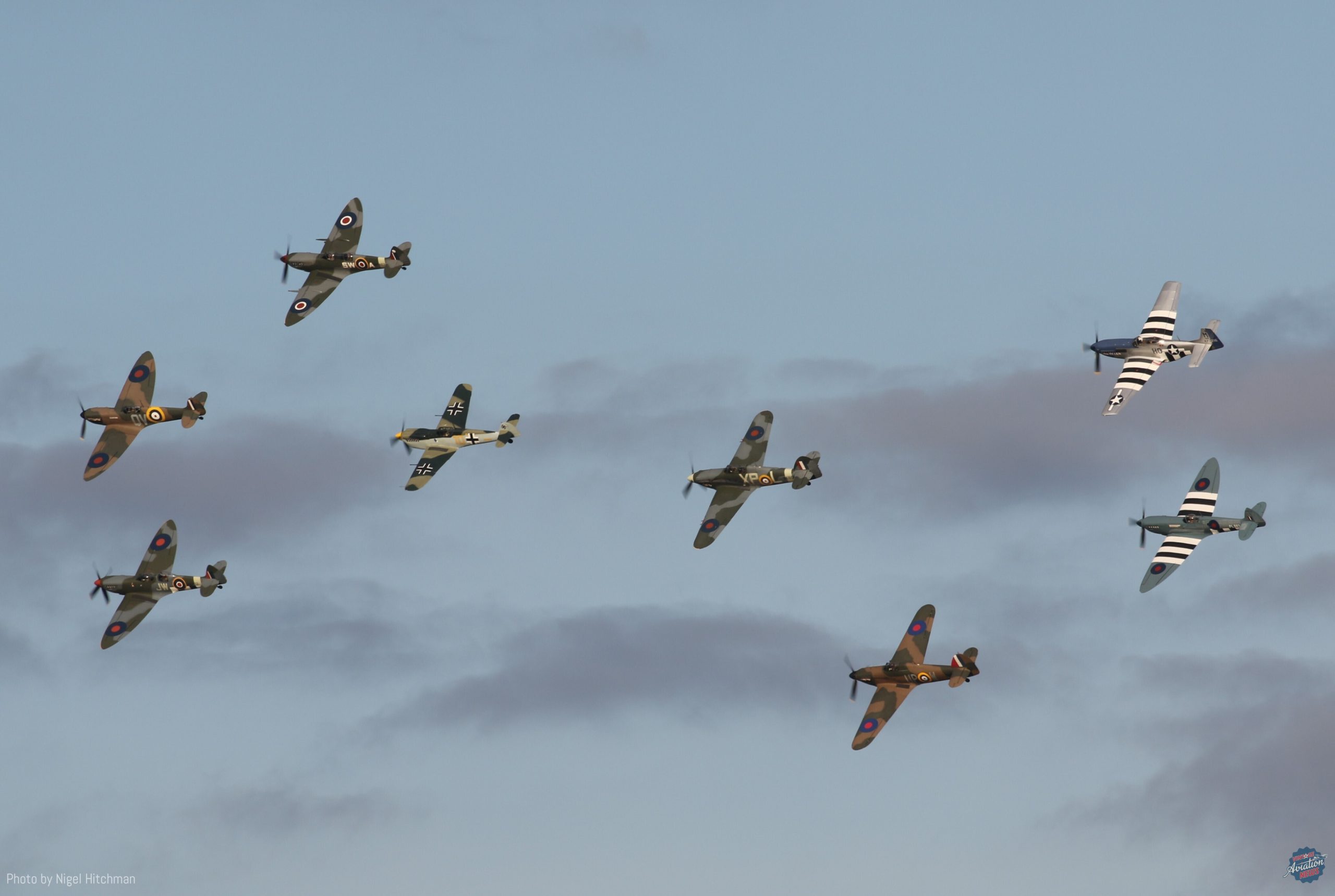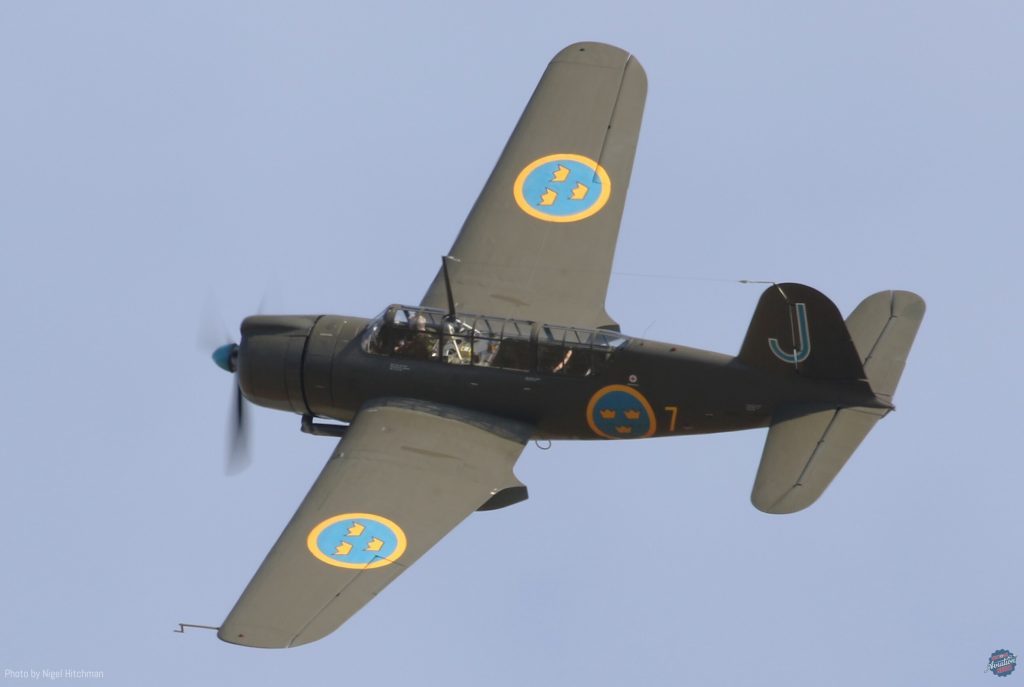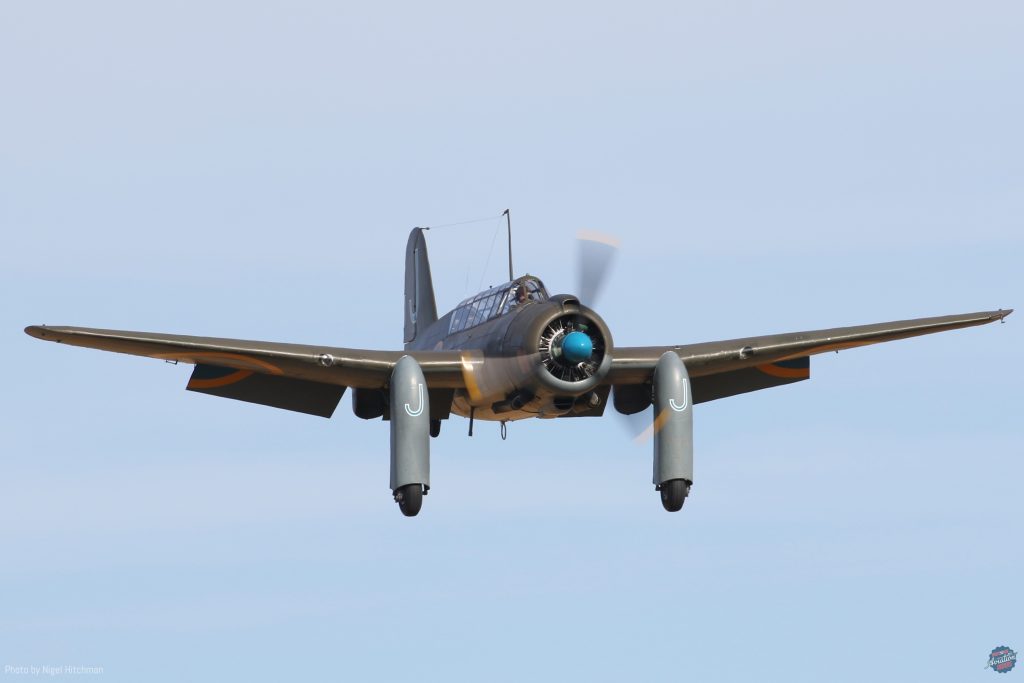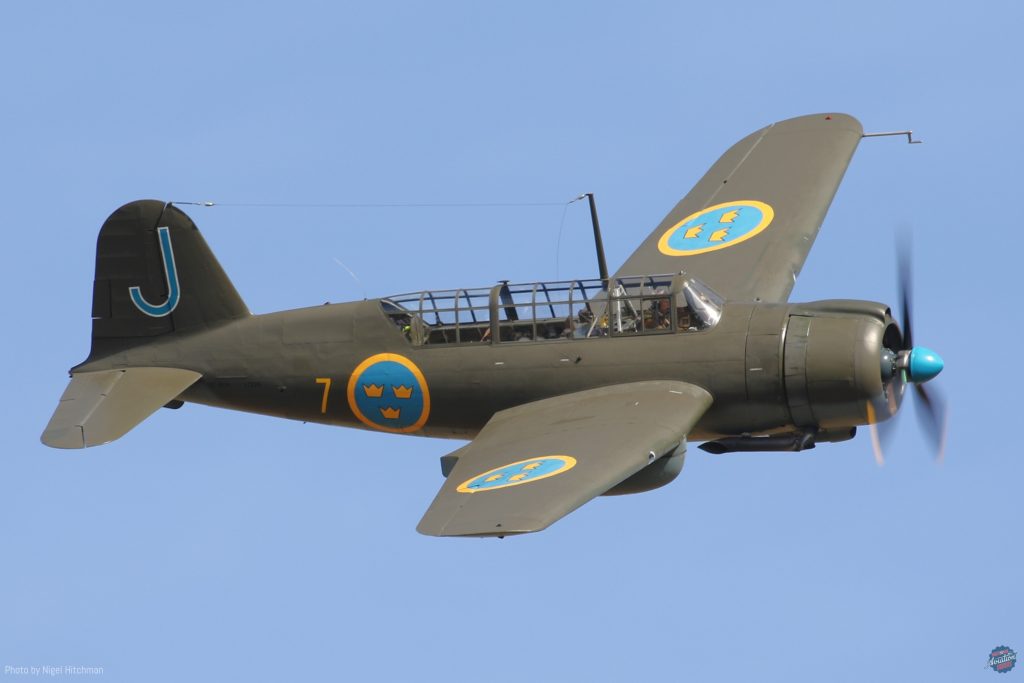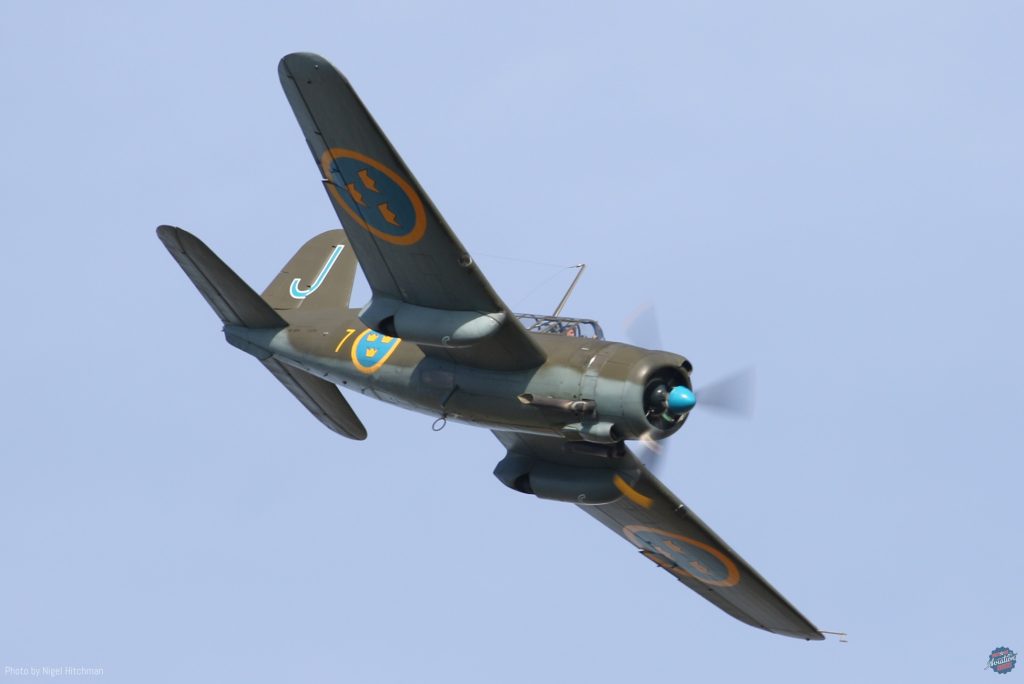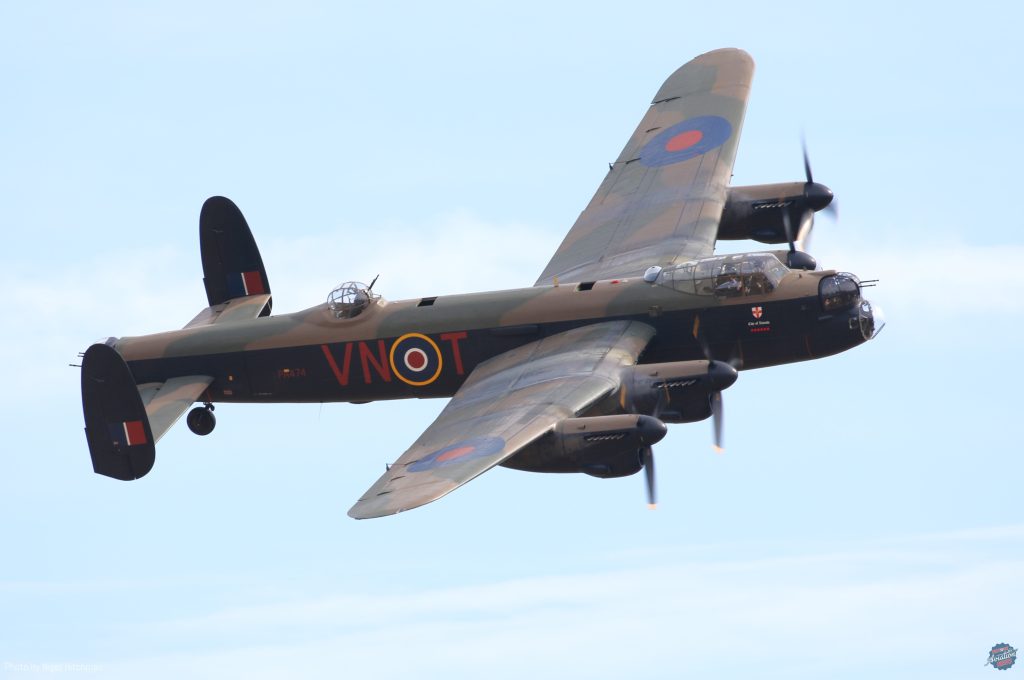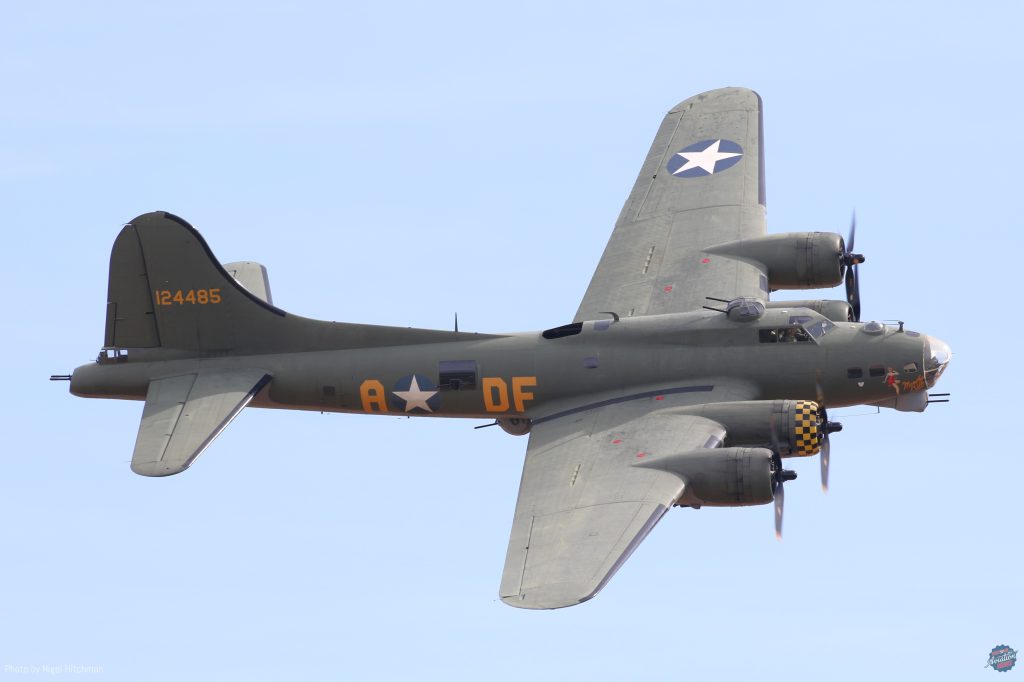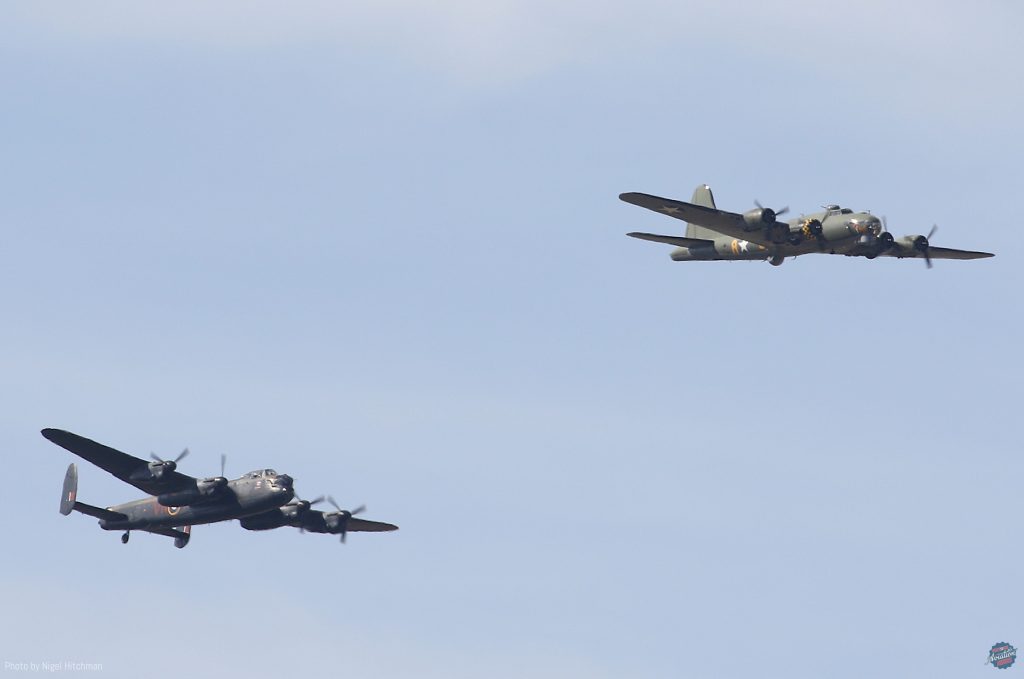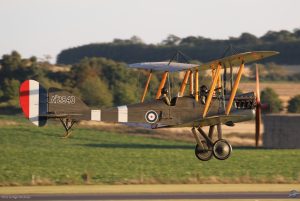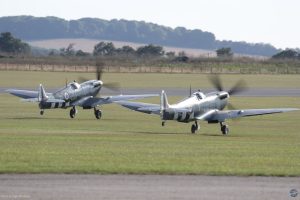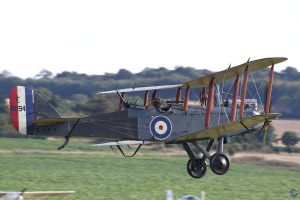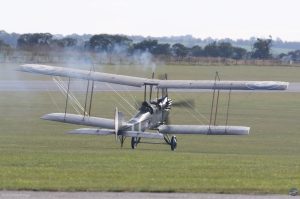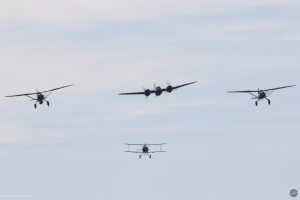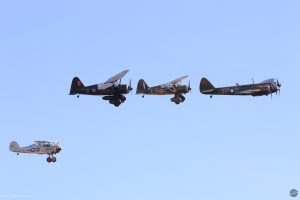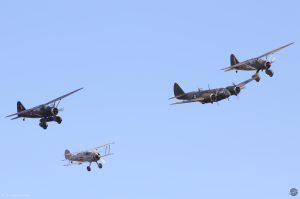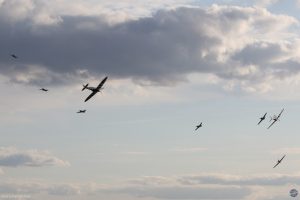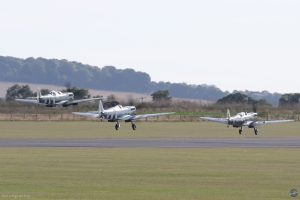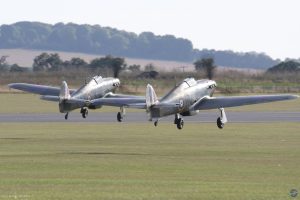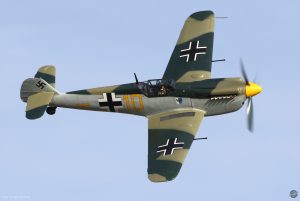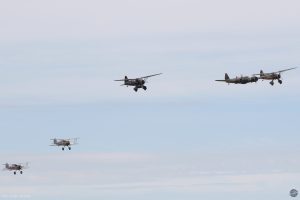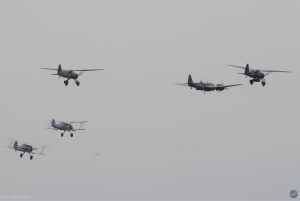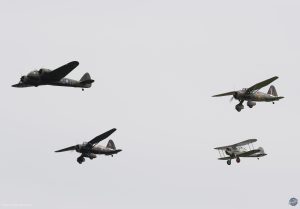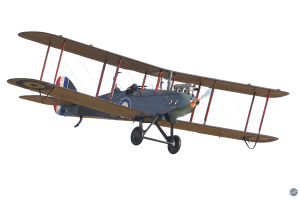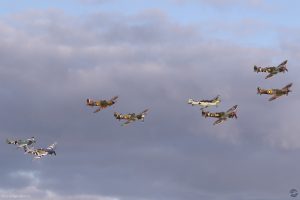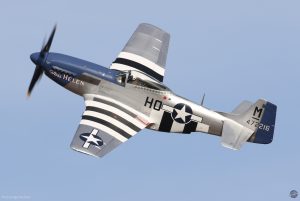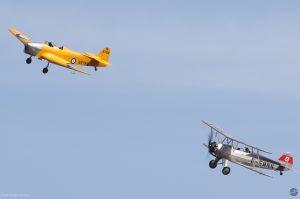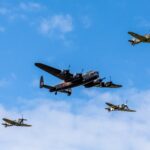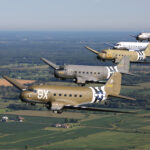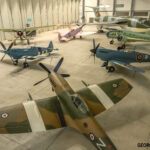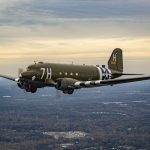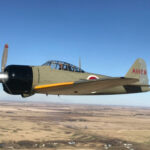by Nigel Hitchman
This year’s Battle of Britain Airshow, which was put on by the IWM at Duxford, continued its legacy of excellence with new and returning aircraft appearances. The September show always seems to be the best IWM show at Duxford, and with Flying Legends no longer there, the Battle of Britain show really the main event of the year and certainly the best to visit.
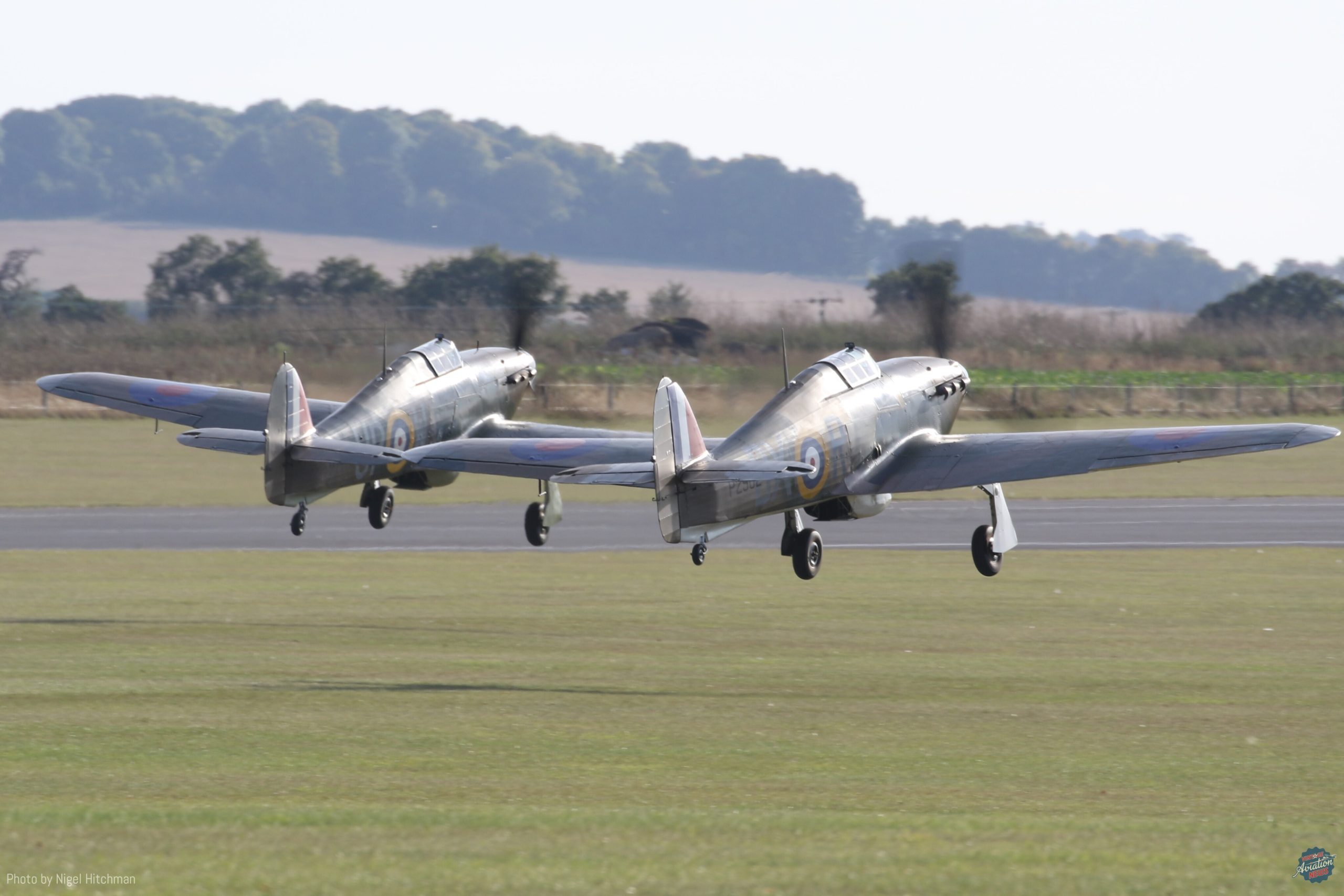
Themed around the Battle of Britain and on Battle of Britain weekend, there was a great array of Spitfires and Hurricanes as well as a handful of other aircraft types that participated in the battle. However, the biggest highlight of the show for many was the Swedish AF Historic Flight’s SAAB B 17A SE-BYH, making its first appearance at Duxford for 19 years, it last appeared at Flying Legends 2005, which may indeed have been its only other Duxford appearance. Developed as a bomber the original B 17 and a proportion of the fleet were powered by the Bristol Mercury engine, but the majority including this aircraft SE-BYH/ Fv17239 was powered with a copy of the Pratt and Whitney R-1830 twin wasp. What we remembered most from its previous display was the dive bombing capability and the use of the extended landing gear with its large fairing as “dive brakes.” This wasn’t done this time, perhaps due to stress on the gear, however we did see an amazing aerobatic display, with loops and rolls gracefully demonstrated and unexpected with such a large aircraft.
Perhaps the other major highlight at the show was the Bristol Mercury formation, seeing for the first time 5 Bristol Mercury powered aircraft flying together, with the Bristol Blenheim 1 G-BPIV/L6739, two Westland Lysanders G-AZWT/V9367 and G-CCOM/V9312 and two Gloster Gladiators G-AMRK/K7985 and G-GLAD/N5903, that was a great sight and sound on Sunday. Unfortunately, the TFC Gladiator didn’t fly on Saturday, but on Sunday it joined the formation and then carried out a short aerobatic display while the other four flew around in formation.
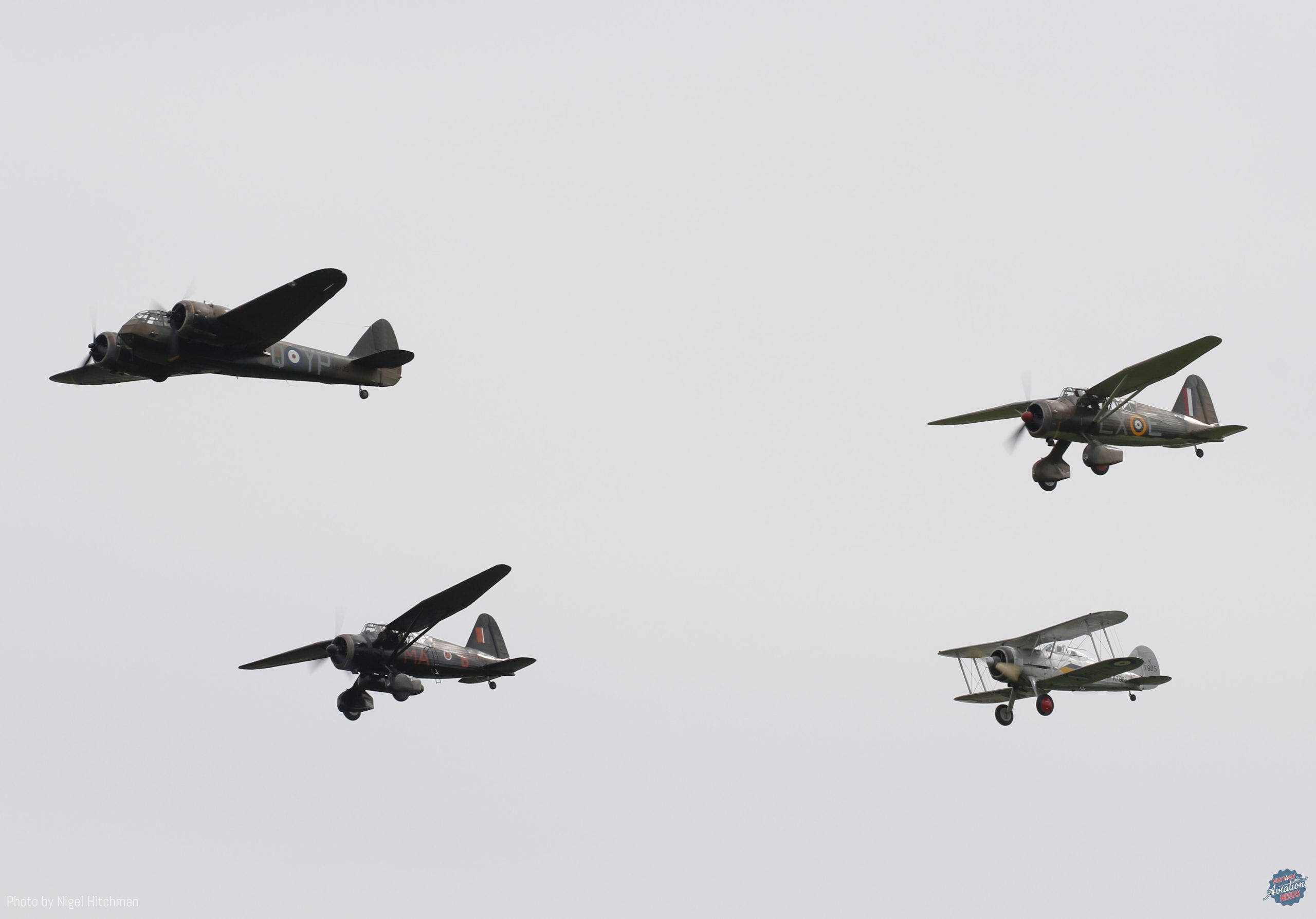
A superb display by John Dodd and Nick Smith in the two P-51Ds Miss Helen G-BIXL/472216 and Jersey Jerk G-JERK/44-415152 (registered as a CA-18 Mk.21 but really a composit P-51D restoration) showed how best to display at the constrained Duxford site, making great use of the ability to turn around and come in for a nice curved topside pass over the ARC hangar area where the aircraft are still in bright sunlight, as opposed to backlit on the main display line for much of the day. Several other aircraft made use of this, but others didn’t which is a shame.
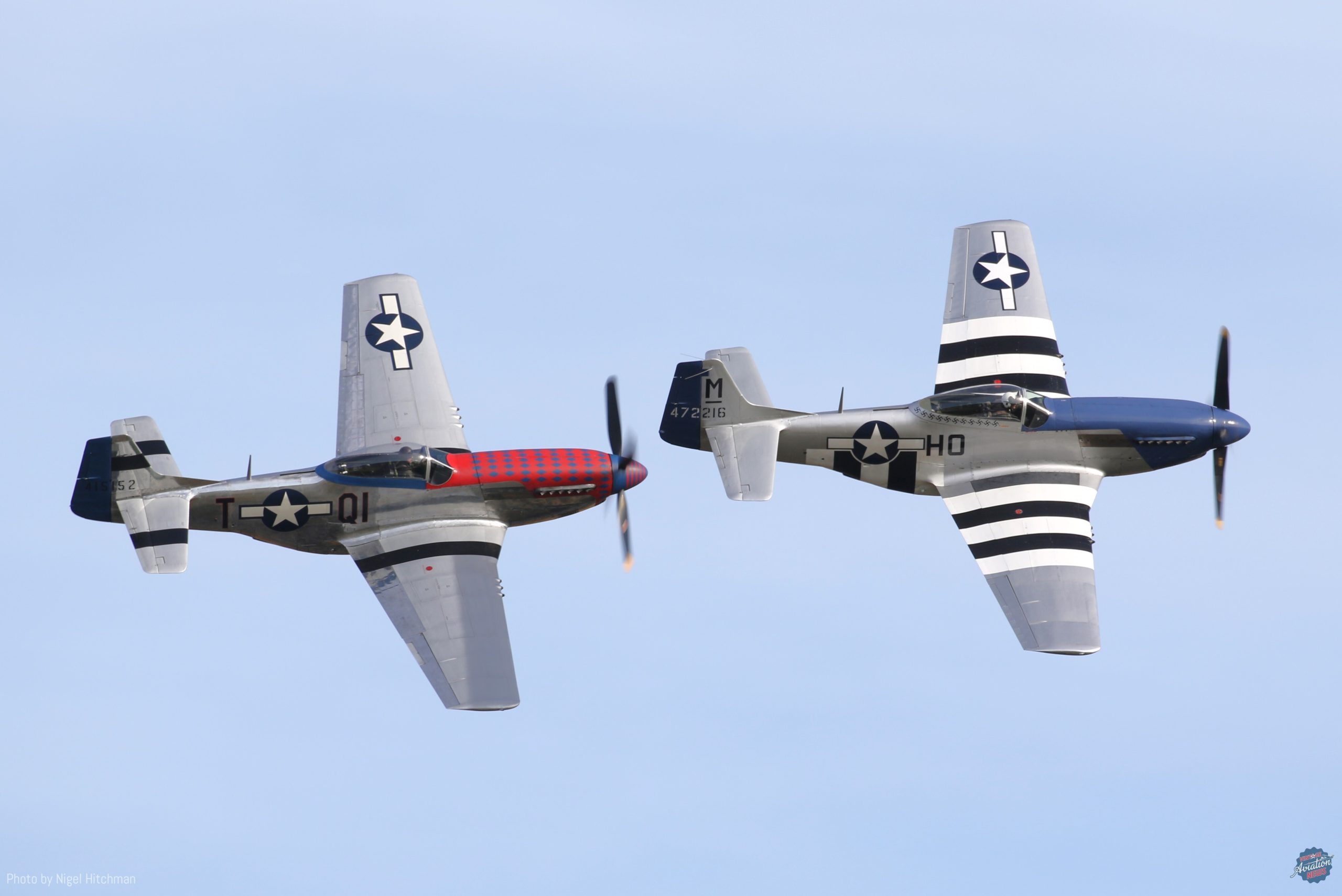
Another highlight was the “Beech Boys” formation with three Beech Staggerwings, N18V, N192H and N9405H which gave a great formation display as well as tail chase and even a coordinated landing of all three together which is easy to achieve with two on the very wide grass runway and one on the hard.
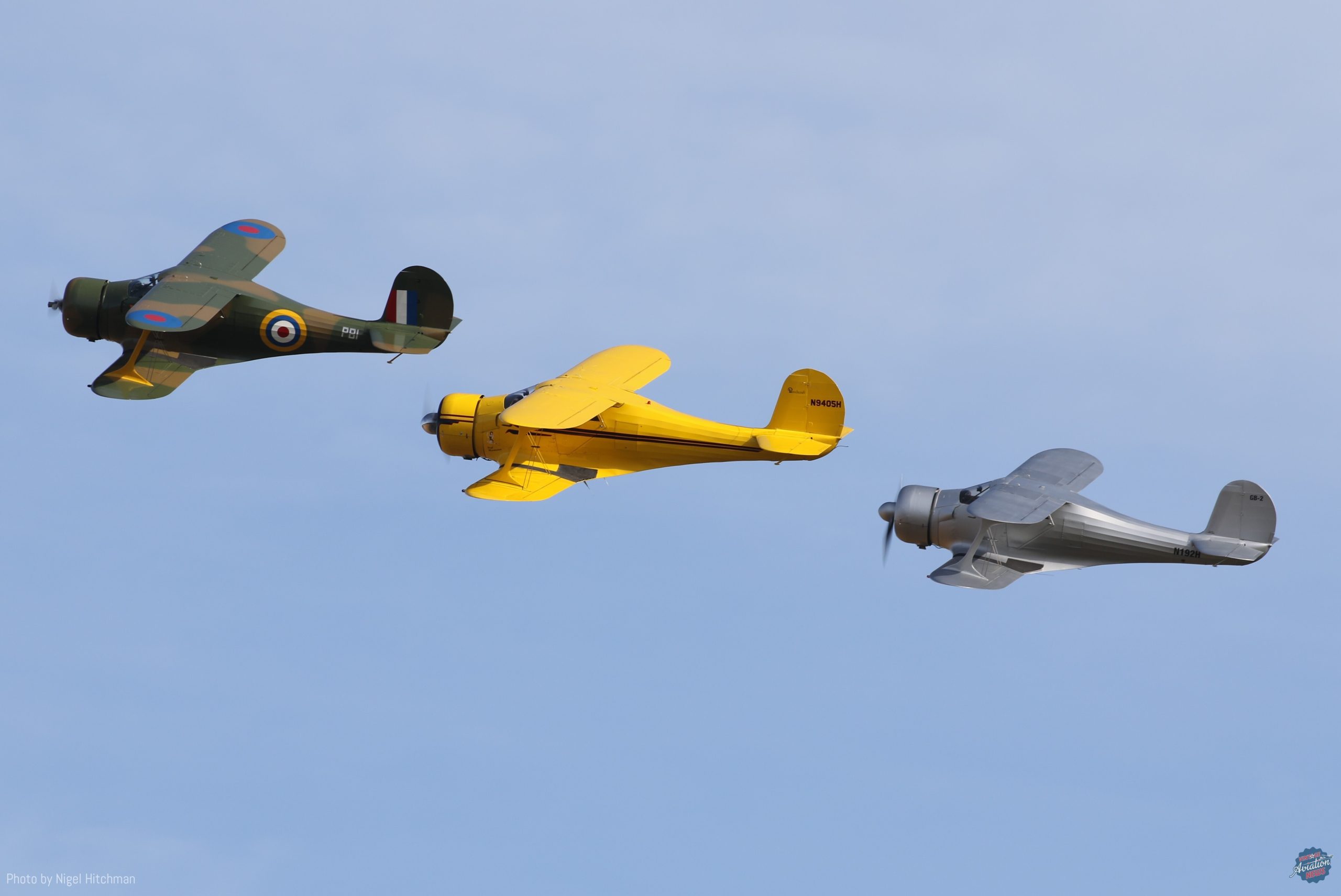
Sally B, the Duxford-based Boeing B-17G G-BEDF/124485 has been flying at UK airshows continuously for 49 years now after being retired as a mapping aircraft by IGN in France, and it is always great to see it well displayed flying together with the BBMF Lancaster PA474 for a couple of formation passes and then both in their individual displays. Great to see a proper formation after the recent big disappointment at Oshkosh where we were promised the CWH Lancaster flying in formation with the two Boeing B29s, but it ended up being just one high flypast towards the crowd with the Lancaster way out in front of the two B-29s and then no further passes at all!
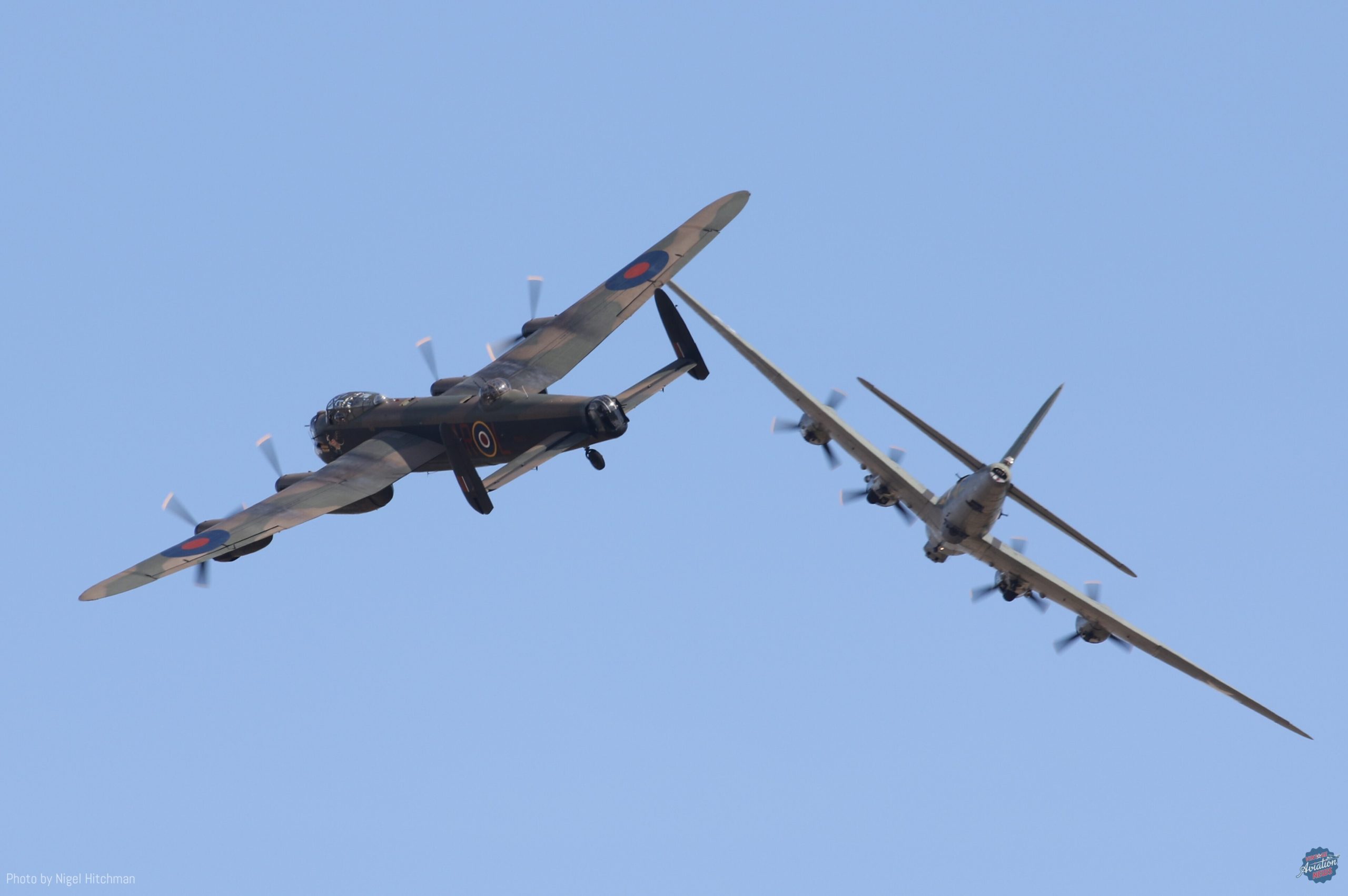
It was good to see a WWI display too, with the highlight being the appearance of the WWI Aviation Heritage Trusts Albatross D.Va D.2263/G-WAHT making its first appearance at a Duxford show and a rare airshow appearance away from Stowe Maries, similarly, their RAF Be2E A2934/G-CJZO both of these being very accurate reproductions built by TVAL in New Zealand with reproductions of the original engines together with Aero Vintage’s original de Havilland DH9 E8894/G-CDLI, the only flying original WWI bomber. They were joined by a replica Fokker Dr.1 G-FOKK and a scale replica SE5.
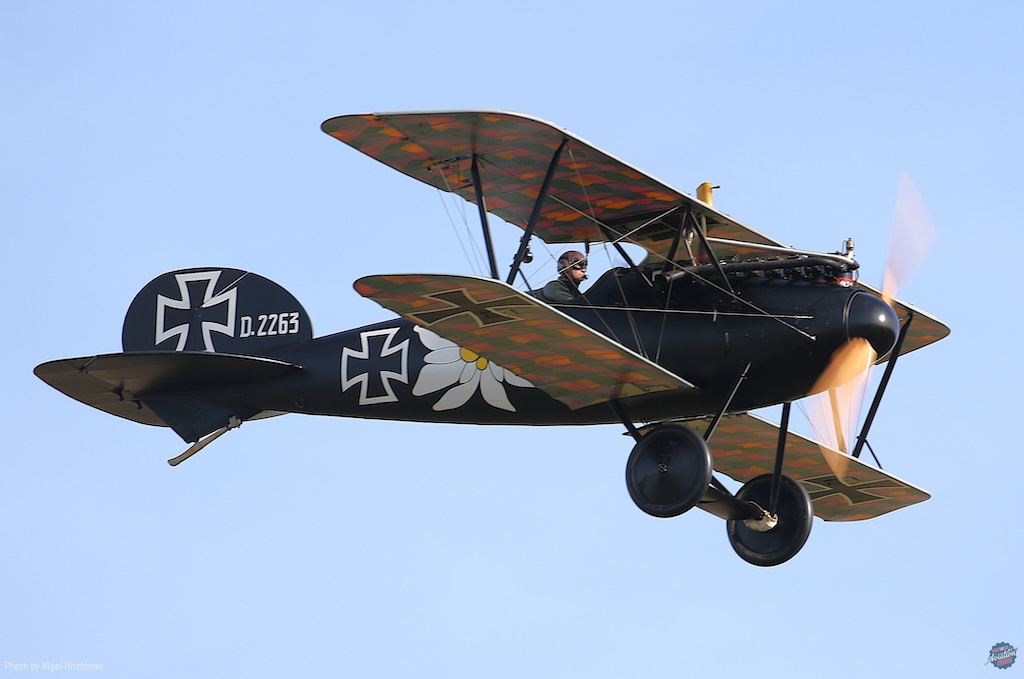
The interwar years were represented by the Fighter Collection’s Hawker Nimrod 1 G-BWWK/S1581, but sadly the Historic Aircraft Collection’s Hawker Fury 1 which was due to join was unserviceable. WWII liaison/trainers were represented by Richard Menage’s superb Focke-Wulf FW44J Stieglitz G-EMNN flying together with Dave Bramwell’s Miles Magister G-AKPF/N3788, joined by two Tiger Moths and an unusual pairing of a Piper L4 Cub and Slepchev Storch.
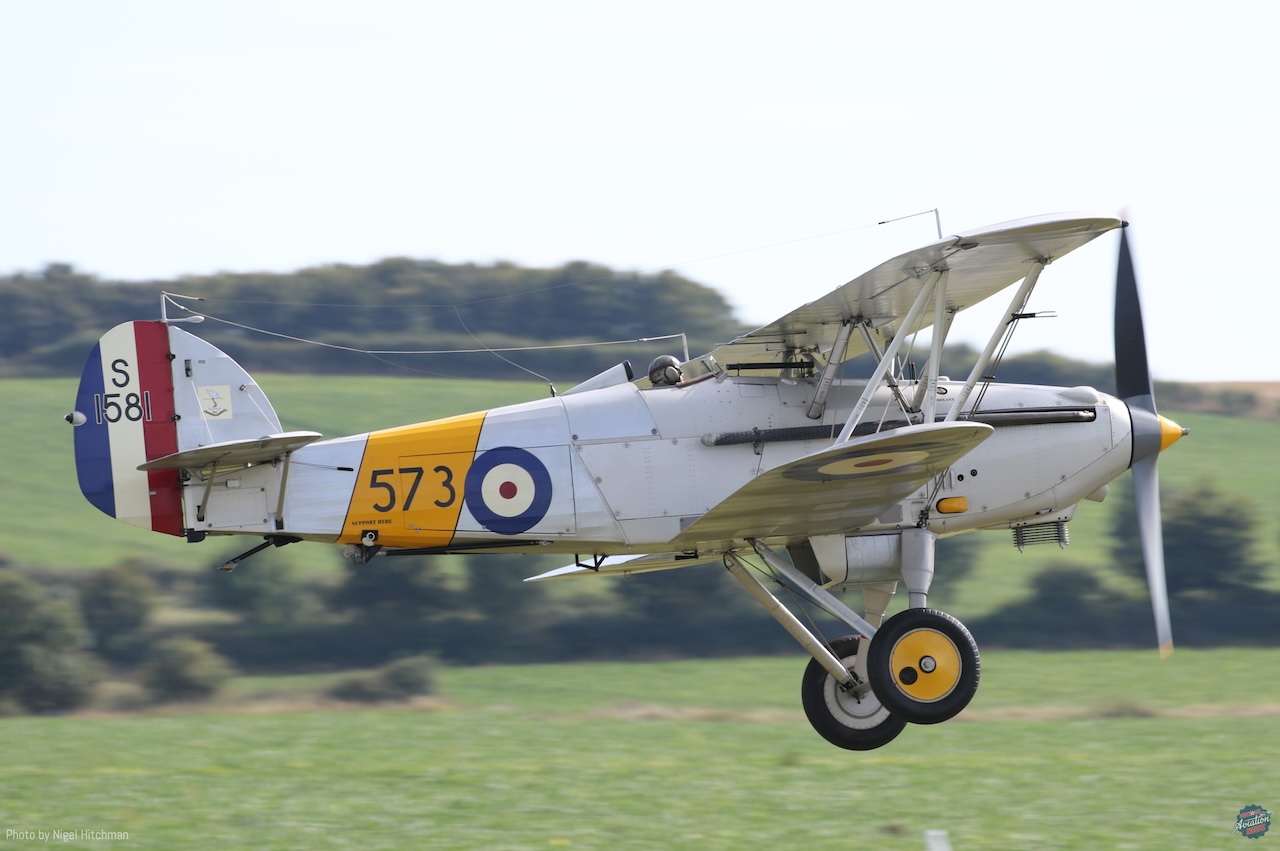
“Thunder Formation” started as a great formation flypast by Anglia Aircraft restoration’s Hawker Fury II G-CBEL/ SR661, leading their Republic P-47D Thunderbolt Nellie B G-THUN/549192 and The Fighter Collection’s Grumman F8F-2P G-RUMM/121714, which then separated to give individual displays. British Naval/Coastal command operations were represented by Plane Sailings Consolidated PBY-5 Catalina G-PBYA, Navy Wings Fairey Swordfish TSR.1 G-BMGC/W5856 and the Fighter Collections Grumman FM2 Wildcat G-RUMW/ “JV579” which all displayed separately.
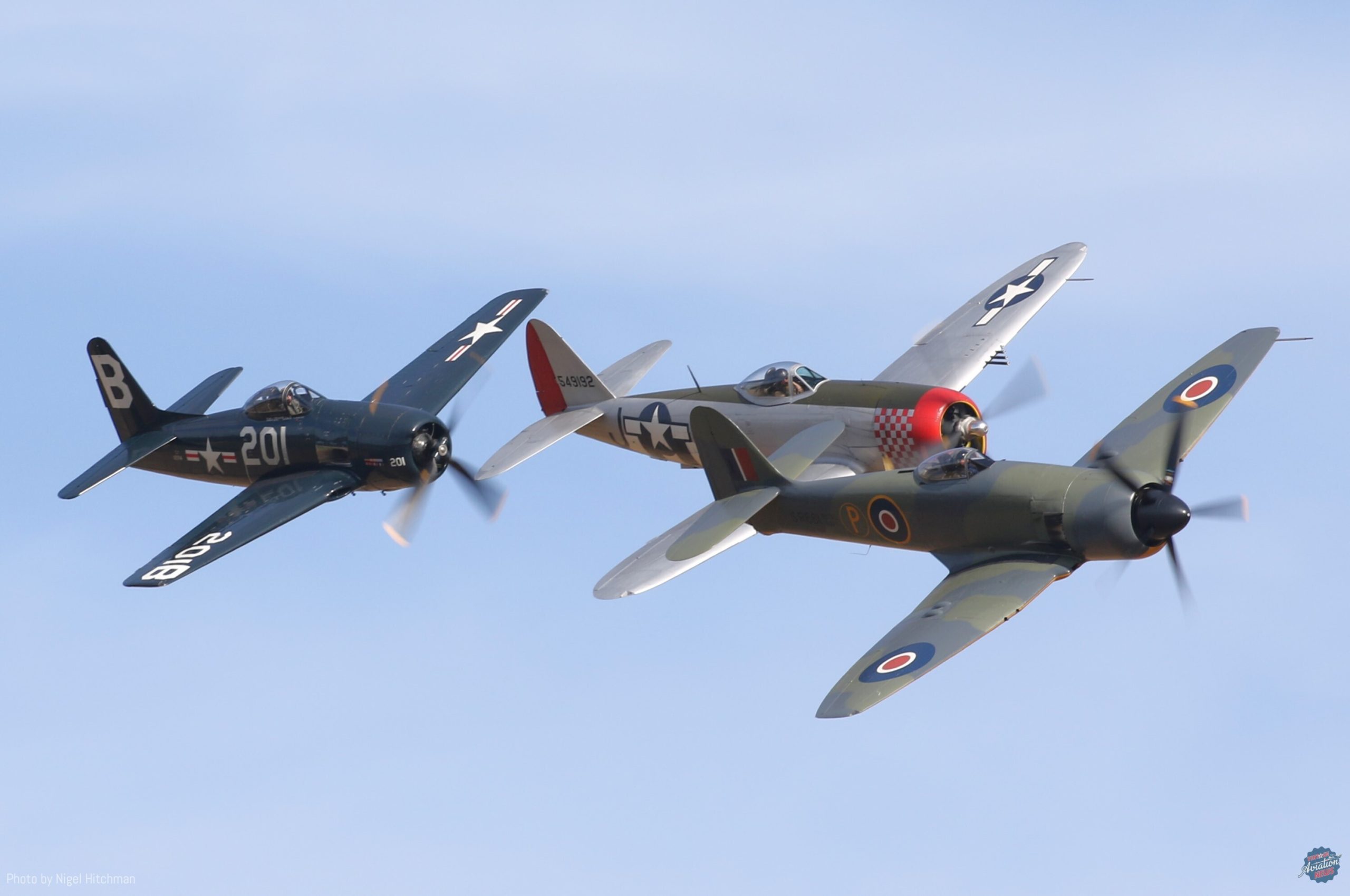
The Battle of Britain was commemorated with the opening display of ARCo’s Hispano HA1112-M1L Buchon G-AWHK Yellow 10 in its Battle of Britain film colours which was then chased and shot down by two Spitfire Mk.1s G-AIST/AR213 (painted as P7308) and G-CFGJ/N3200. Later in the display four Hawker Hurricanes BE505, P2902, P3717 and R4118 flew together in a 4 ship formation and then tail chase and then flew a second time in the final “Duxford big wing” flypast together with 12 Spitfires AR213, N3200, X4650 MK.1s; EP120, EE602,JG891 MK.Vs ; MH434 and ML417 MK.IXs; PV202 and PT462 Tr.IXs; PL983 PR.XI and MV293 MK.XIV. There were also displays by RAF Typhoon and F35 as well as a Grob 115 Tutor and joy rides available before and after the show in Classic Wings fleet of DH89A Dragon Rapides, Tiger Moths, and a T-6 Texan.
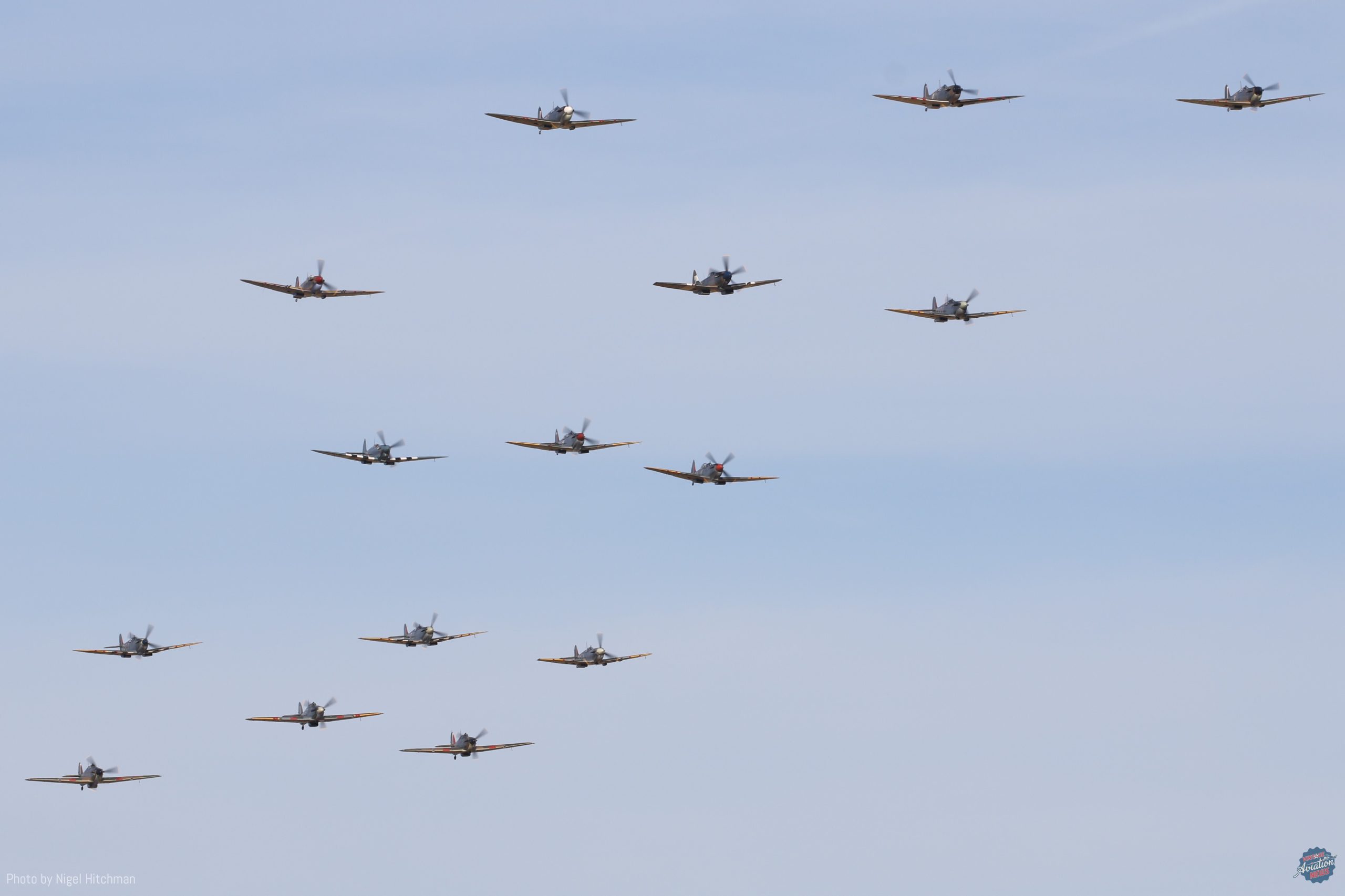
Overall an excellent display in great weather on Saturday. Sunday unfortunately clouded over, but not to the extent to affect the display. It’s just a pity the display isn’t moved back an hour or two, so as to make best use of the light which is much better as the afternoon goes on, changing from staring into the sun at 1200, to having the sun behind you and much better for photographs and to see the display from 1600 onwards. Its often beautiful light for an hour or two after the display has ended!
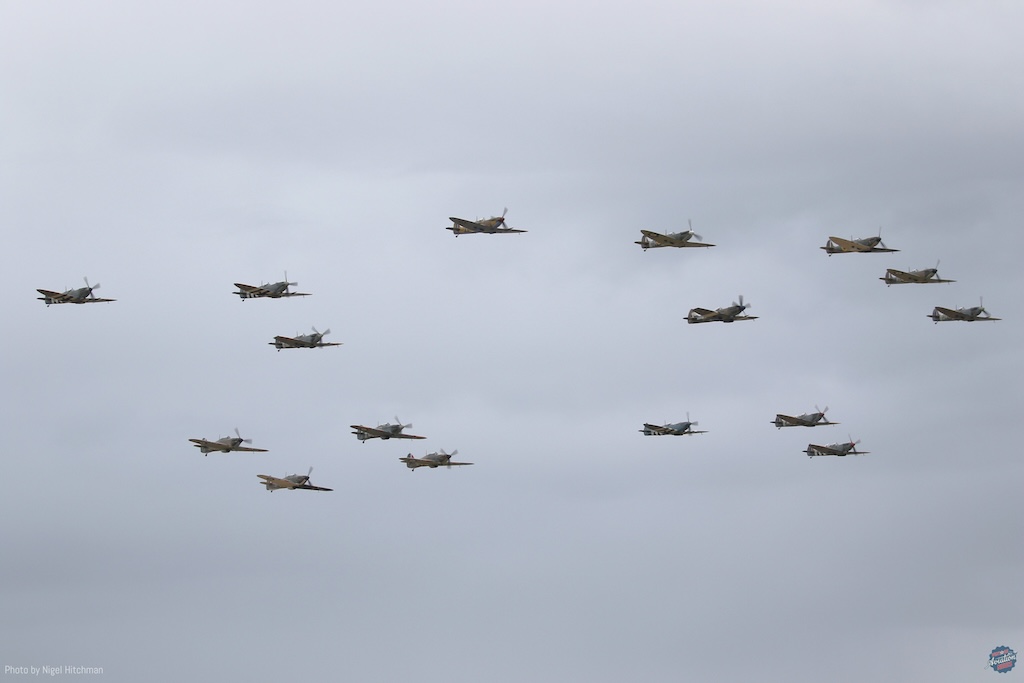
Its also often great to go to Duxford the day before a show where you see some of the visiting aircraft arriving and others practicing their displays. Sometimes you also see something different, and this year was no exception with a superb 8-ship formation practice display of ARCo flight, comprising 8 fighters which are operated or maintained by ARCo, 4 Spitfires, 2 Hurricanes, a Buchon and P-51D Mustang, after a few 8 ship passes they broke off for a superb tail chase. That would have been a great addition to the weekend displays!







